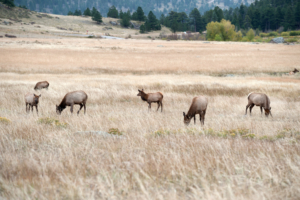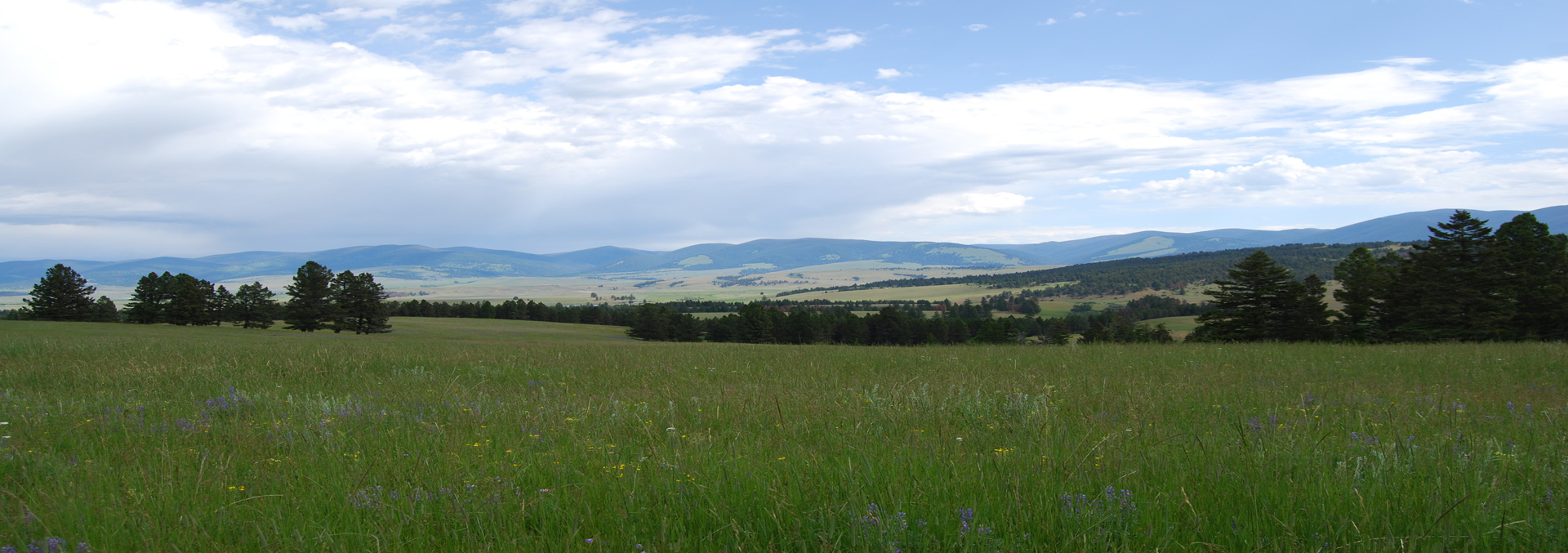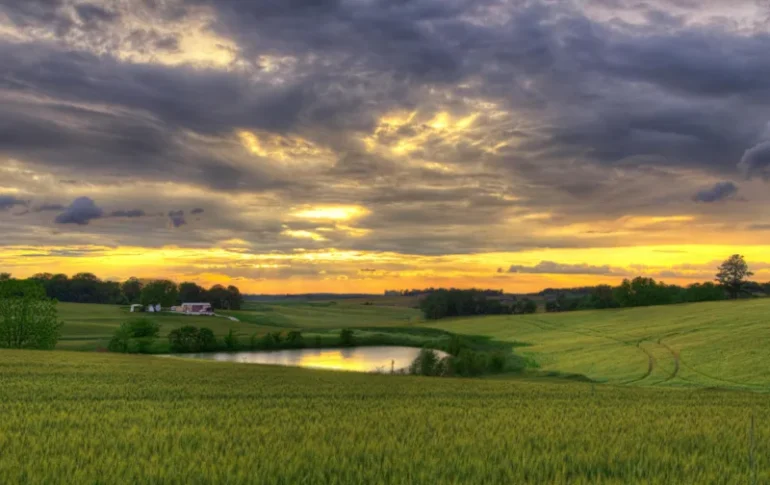Big Game Hunting in Montana
By Kimberly Lowry, Broker Associate, Licensed in MT
Big game hunting season is upon us in Montana with hunters from across the state and nation enjoying time in the beautiful and scenic backcountry with family and friends. For many, the fall hunting season is an opportunity to make memories while sharing the unique experience of a bull elk bugling across a mountainside with fog lifting on a crisp fall morning. Knowing where to find elk in the backcountry is half the challenge of hunting. For those who are fortunate enough to own a Montana ranch in a region with a healthy elk population, the fall hunting season can be especially enjoyable.
According to Montana Fish Wildlife and Parks, the elk population in the Big Sky State exceeds 140,000. Most of the elk herds are migratory, traveling to different areas depending on the time of year and the food and water sources available. Elk can migrate from 15 to 125 miles depending upon annual migratory patterns and seasonal food sources. Ideal elk habitat includes grassy ridges, lined with trees for sheltered bedding areas all within close proximity to water sources such as creeks, streams and ponds.
During autumn, and the elk ‘rut’, they are primarily focused on mating. The elk mating season coincides with archery hunting season in Montana providing hunters with a unique experience as the bull elk are displaying their dominance over one another for access to the females. During breeding season bull elk exhibit unique behaviors while establishing their territory in search of cow elk to breed. With antlers crashing, hooves stomping and the sound of their often high pitched bugle echoing across the mountain meadows and ridges this can be an exciting time for hunters to enjoy time in the backcountry. Hunters will often use a cow call to lure the elusive bull elk toward their location as many of them are in search of trophy bull elk valued not only for their quality meat but also for the size of their massive antler rack too. The quality of a bull elk is scored based upon the total of inches in length of the main beams, the tines, inside spread and the volume of the antlers all combined. The largest elk recorded in Montana scored over 430 inches harvested in 2016 in Powder River County.

During the winter, elk migrate to lower elevations where there is less snowpack and feed is more easily accessible. Bull elk shed their antlers each spring when they prepare to grow a new set. Shedding antlers usually happens from the month of January through April. Antlers are the fastest-growing bone in the world with bull elk reaching their prime at around six years old at which time they will grow the largest antlers during their lifetime. Older bulls, that also shed their antlers first each year, may actually regress and antlers may shrink in size from previous years. Shed hunting, hiking in regions of Montana where elk winter in search of the fallen antlers, is a fun family activity for many Montana residents and visitors alike each spring.
Prime elk habitat is abundant across a good portion of the state of Montana allowing populations to thrive across thousands of acres of public lands for hunters to enjoy. However, for private ranch owners, there’s nothing quite like getting out on your own exclusive hunting paradise. Tom Nelson, avid archery hunter, from the Outdoor Channel program ‘The American Archer’ is fortunate to have spent considerable time on the private hunting grounds on the Montana Little Valley Ranch where he filmed episodes of his popular American Archer program. Located in Avon Montana, this ranch offers over 20,000 acres of prime elk habitat featuring an abundance of grasslands, forested mountains, and natural springs. Tom called Montana Little Valley ‘a sportsman’s dream’ because of its excellent elk habitat, food and water sources, and lack of outside hunting pressure.
The pristine acres that make up the Montana Little Valley Ranch are within a highly valued corridor referred to as the Crown of the Continent. These lands combine to amass over 10 million acres from Montana to Alberta and British Columbia, Canada. This highly valued and diverse ecosystem supports some of the most protected wildlife species, including elk in North America.
While there certainly is more than one type of big game to hunt during the winter months in Montana, the thrill of chasing elk is unmatched. Hunters flock from across the nation to Montana to participate in what can be described as the pinnacle of big game hunting. Finding and harvesting elk has allowed hunters to provide for friends and families, feeding them with nutritious meat from field to table and for some a trophy bull to hang on their wall to represent memories made with family and friends for years to come.






